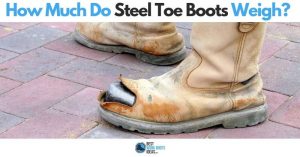Cement Construction Boots: Your Complete [FREE] Guide
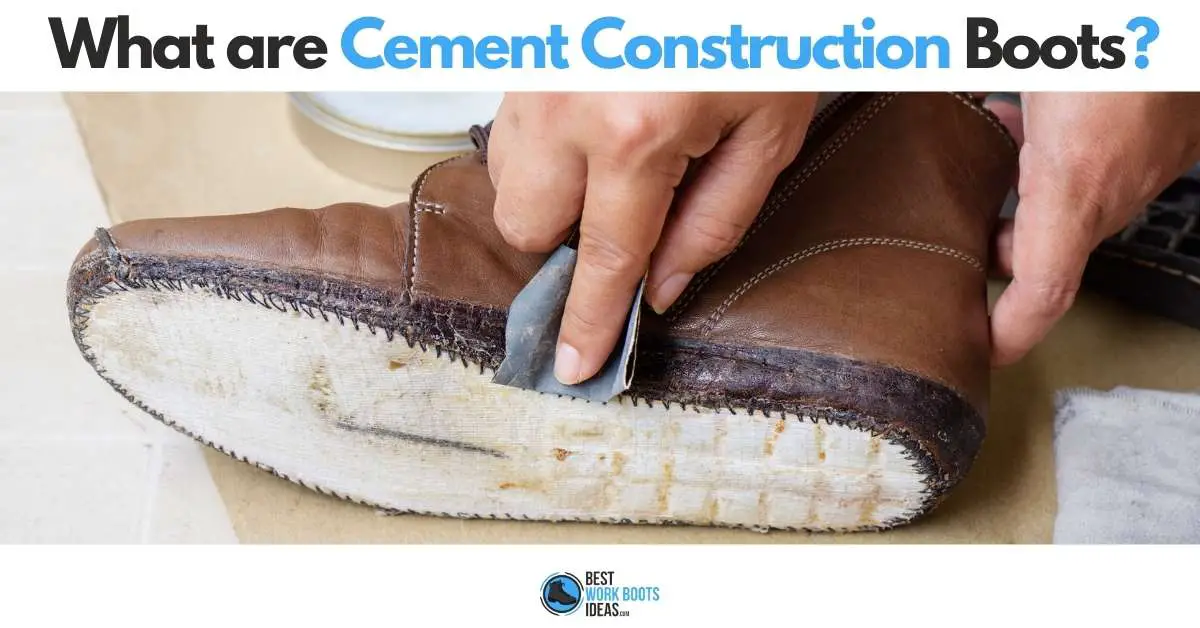
You have a pair of cement construction work boots?
I’m not talking about construction boots made of cement, I’m talking about boots made with a cement construction method.
If that all sounded like the teacher in the Peanuts cartoons, keep reading.
There’s a lot to know about Cemented construction and the features it can come with.
Over the course of my career in the trades, I always went with cement construction boots.
Sometimes they were soft toe, sometimes safety toe, but always with cemented outsoles.
There were some benefits, and also some frustrating downsides.
I’ll get into detailing both those categories, as well as my mindset when I was intentionally choosing this boot construction style over and over again.
As I’ve learned more about boots, gotten older (also a little more cautious), and changed my occupation.
I might not choose cement construction with the next pair I buy though.
My wants and needs have changed over the years, and the boots I choose reflect that fact.
We’ll start with the physical details of how the cement construction process works.
How They’re Constructed
The shoe construction process for cemented boots consists of assembly using adhesives in multiple steps.
- The upper is constructed to completion.
- The upper is glued to the insole.
- The outsole is glued to the midsole.
- The upper and outsole are glued together.
This video shows how the first two steps are completed.
Although this would be automated in any major factory, seeing it done by hand allows you to see exactly what’s happening.
There are a number of different combinations of how you could do this.
One layer could be stitched instead of glued, or could be stitched in addition to glue.
The midsole could be glued to the insole before the outsole, etc…
This isn’t to try to confuse you, I’m just pointing out that the manufacturing process isn’t uniform.
Different companies might have a different order of operations in their process.
Don’t worry yourself with this. The benefits and problems with cemented shoes aren’t radically changed, one company to the next.
At the end of the day, there are two halves of a shoe, held together with glue in some way.
The chances are that you’re not a stranger to cement construction footwear.
The vast majority of sneakers and running shoes are made using cement or direct injection construction methods.
I’d venture to say that every home in the country has a pair of cemented shoes in it.
We don’t pay too much attention when it comes to cemented shoes.
When we’re comparing cemented and non-cemented boots, the differences are way more noticable.
The Benefits of Cement Construction Boots
Cemented boots are going to be substantially more flexible than many other construction methods.
Unlike welt and stitch constructions, the outsoles hold on to the boot everywhere and nowhere, all at once.
This allows your foot a level of mobility that is difficult to replicate in more traditional construction styles.
In my personal experiences, I always felt my sense of my foot’s contact with the ground was substantially better in cemented boots.
They also tend to be notably lighter than other construction styles.
The absence of the extra welt, stitching, and materials necessary for welt construction make cemented boots less of a drag on your energy level.
This may seem like an insubstantial difference, but when you’re standing on your feet all day, taking 20,000 steps during a work day, even a little difference adds up.
Beyond the difference in weight, cement construction boots tend to be more balanced in their weight distribution.
This allows you to step more naturally than you would with heavier boots.
The simpler, automated, less labor intensive construction method also results in lower prices for consumers at the register.
The Downsides
They don’t last as long as other construction styles.
Anyone regularly using the boots (several days a week) will be looking for a new pair within a year as they begin to come apart.
Make no mistake, there are definitely some downsides to cemented boots, and I have the experience to explain them to you.
I also have the embarrassing memories of complaining to the manager at the shoe store and having them basically tell me ‘yeah, you got 13 months out of these, that’s exactly what you paid for.’
Oops. At least I learned what I was getting myself into with cemented boots.
No matter how well constructed they are, and how high quality the outsole and the adhesive are, cemented boots will fall apart.
There’s only so much time, water and abuse these boots can take before the seal is broken, and water can manage its way in.
Once some water has breached that seam, your whole outsole will work its way loose as the weeks turn into months.
That is a major downside of using adhesives that you really can’t get around.
In the winter of 2019, a sole on one of my boots had completely detached in the front.
I simply duct taped the entire front of the boot and kept it moving.
I regret not taking a picture of it, as it was quite the sight to see.
How the Downsides Can Affect Your Attitude
As strange as it may sound, my attitude towards the boots was sometimes apathetic.
Meaning, I knew that they wouldn’t be around for very long, therefore I didn’t have much concern for them.
It might have gone even further than that.
Maybe I bought them without putting much effort into finding anything more durable or longer lasting.
This is just speculation of the moment
Myths About Cement Construction
There are misconceptions that you can’t get some of the features you would in boots without a cement construction.
Nothing could be further from the truth.
The only thing that has changed between this style and its competition is the method used to attach the outsoles.
Every other feature you could find in a welt construction boots is available in cemented boots as well.
What does tend to happen is the temporary nature of these boots causes people to buy designs with fewer features.
In a way, that makes sense, as it’s tough to justify getting puncture and heat resistant soles if you’re expecting the boots to only give a year of use.
This is a choice that many of us make, but our tendencies to pass on better features is not the same thing as being unable to get cemented boots with these features.
Who Could Benefit From Cemented Boots?
Anyone that puts a premium on flexibility and mobility could benefit from cemented boots.
Painters, carpenters, electricians, or anyone that need a good range of motion to properly do their work.
Perhaps this doesn’t sound like your work, but stop for a minute to consider the little moments of your day.
Sometimes going to get a tool from a messy work van can be like a delicate ballet if there’s a bunch of stuff in your way.
Navigating through a worksite where demo is going on is another situation where you need to be sure-footed.
Cement construction boots always allowed me to feel confident that I was stepping where I intended and not elsewhere.
Hopefully this has informed you so you’ll know what the label is talking about when it describes a cement construction boot.
There are plenty of reasons both for and against grabbing a pair of cemented boots.
On the plus side, they are usually cheaper, so it’s not a financial burden if you wanted to grab an extra pair for the mudroom.
They’re definitely nice to have around when you need a pair of boots for light work or a day pumpkin picking with the family, etc.

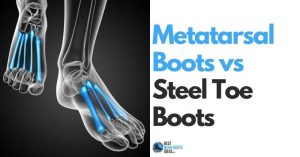
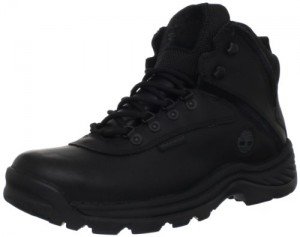
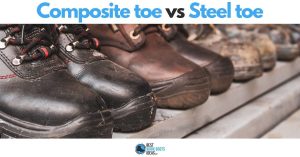
![Can You Wear Steel Toe Boots On A Plane? [featured image 800 x 419]](https://www.bestworkbootsideas.com/wp-content/uploads/2022/01/can-you-wear-steel-toe-boots-on-a-plane-featured-image-800x419-1-300x157.jpg)
